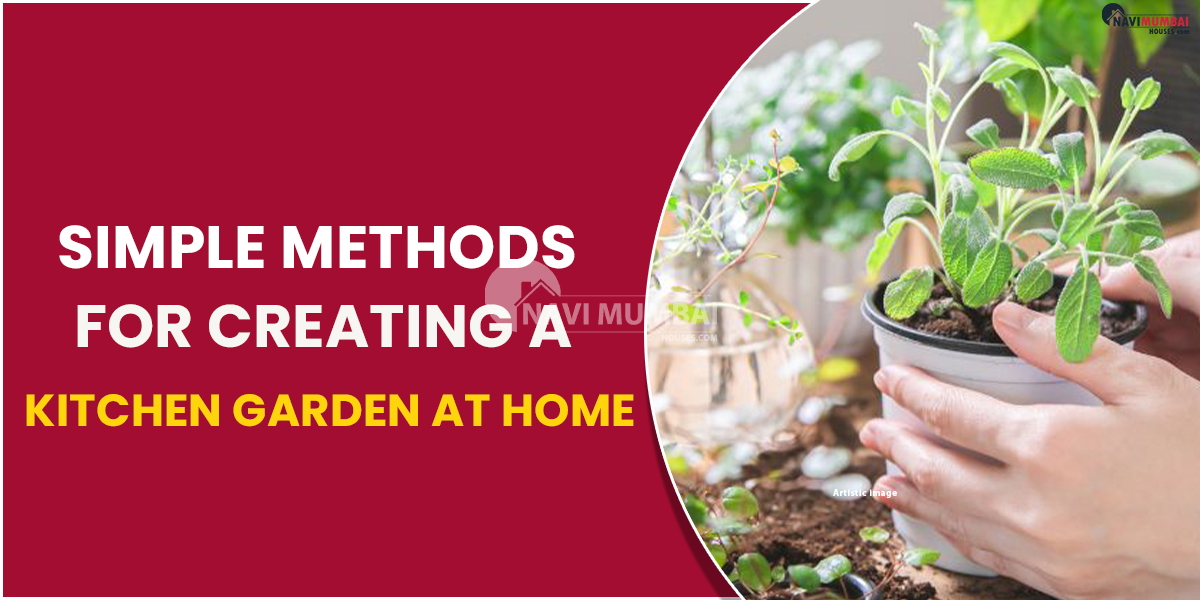
- July 25, 2022
- News
Simple Methods for Creating a Kitchen Garden At Home
In order to eat organic and healthful food, many urban residents are increasingly eager to cultivate their own vegetables at home. In order to accommodate small kitchen gardens, homeowners are turning to balconies and window sills. Having a garden on her balcony. A kitchen garden can be established easily with a little bit of time and care.
Are you looking for Kharghar flats for sale?
What Is A Kitchen Garden At Home?
You can grow your own food, including fruits, vegetables, and herbs, in a kitchen garden. Urban kitchen farming promotes improved health. Any such space can be used for building up a kitchen garden. It is enjoyable to pick one’s vegetables on window sills, balconies, and vertical walls. A small bit of preparation can result in the creation of edible container gardens. Plant initially the foods that you like to eat.
Growing fresh, edible plants at home while reducing waste is possible with a tiny kitchen garden. Plants can be grown in any location with some sunlight and in any container (earthen pots, plastic pots, recycled bottles, take-out plastic containers, tetra boxes, etc., with holes for aeration). Shallow pots are a good way to cultivate green, leafy veggies.
Green vegetables with great nutritional content are simple to grow and include basil, lemon grass, water leaf spinach, and Malabar spinach. You may easily cultivate fenugreek, lal math, spinach, tomatoes, peppers, and black-eyed peas from seeds.
8 Simple Methods for Creating a Kitchen Garden At Home
Choose the Ideal Spot for a Kitchen Garden At Home
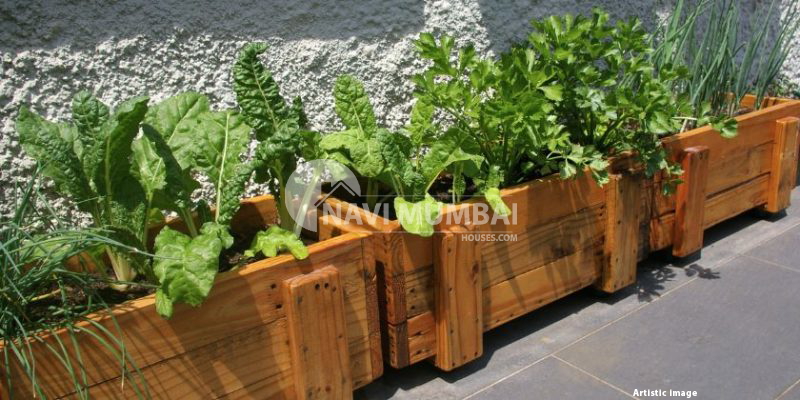
Choose a site that receives at least four to five hours of direct sunlight when establishing a kitchen garden at home. Grow items on walls, fences, and trellises in a sunny area to maximize vertical and horizontal space. Make sure the window grill is sturdy enough to support the weight if you intend to plant veggies on it. Keep in mind that when plants and containers are watered, they become heavier.
Choose Nutrient-Rich Soil for Your Kitchen Gardening
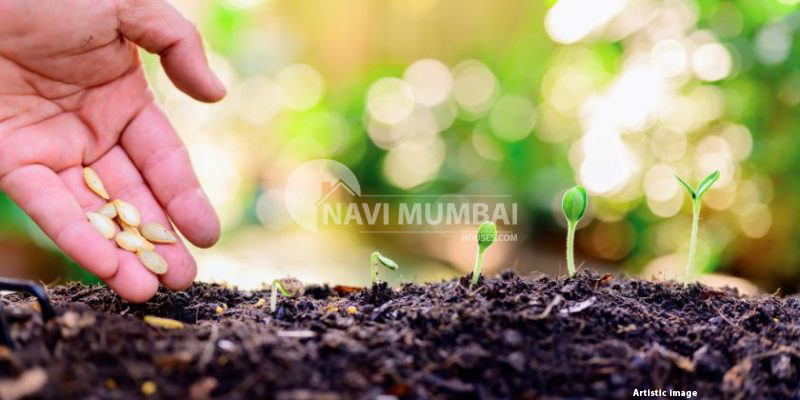
Get the correct soil mix for a flourishing kitchen garden because the nutrients in the soil affect how healthily the vegetables and fruits will grow. Compost, coir peat, and natural manure should be added to the nursery soil in addition to the usual soil. Cow dung is another option. The coconut husk-derived coco peat is crucial for controlling soil temperature and moisture retention.
Select the Appropriate Planters for Your Home’s Kitchen Garden
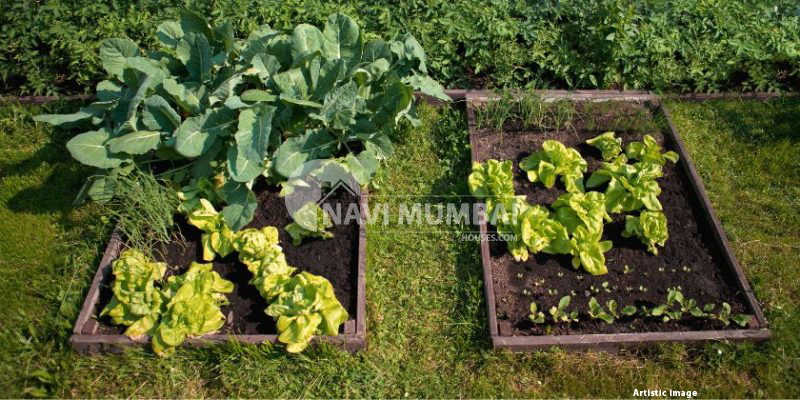
Little area is needed for kitchen gardening. Along with raised beds and the ground, you may grow a kitchen garden in containers. In contrast to tomatoes, potatoes ginger, and brinjals, which require a large container, greens, can grow in small pots or hanging baskets. Vegetables grown in pots have the benefit of being placed where they will receive the most sunshine, which is advantageous if you have a small amount of room. In pots, it is simple to grow carrots, herbs, peppers, potatoes, radishes, salad greens, and spinach. Make sure the containers you choose are the right size for the plants you intend to plant in them. Growing vegetables in raised beds is a fantastic option if the natural soil is poor or has poor drainage because one may fill the bed with high-quality soil.
Start A Micro Greens Grow In Your Kitchen At Home
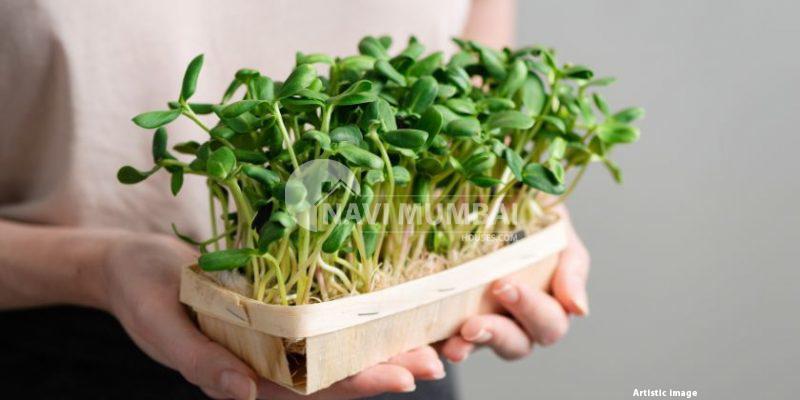
Always start your kitchen garden with a herb or micro green and plenty of leaves for a balanced salad. Nutritious micro-greens can be grown, including wheat grass, radish, fenugreek, beetroot, and spinach. In fewer than 14 days after germination, edible vegetables and herbs are harvest as micro-greens. They are nutrient-rich and have a pleasant taste.
Micro-greens grow to a height of 1 to 3 inches. A shallow container is need to cultivate micro-greens. If you have access to it, combine coco peat or coconut husk with the soil. Methi seeds or wheat sprouting seeds can be soaked in it all night. Smooth out an inch of potting soil and add it to the bottom of the container. Evenly distribute the moistened seeds across the soil’s surface. After lightly covering the seeds with dirt, mist the soil with water. To keep the soil moist, spray it with water each day. After 10–12 days, the micro greens will be ready for harvest. Before utilizing, trim the greens above the soil line and thoroughly clean them.
Vegetables Can Help You Grow Your Home Kitchen Garden
Here are a few easy ways to get start if you have always want to grow a vegetable garden:
How to grow mint plants from stems

Put some fresh mint in a glass of water with a strong green stalk. Every day, the water is changed. A few days later, little white roots begin to emerge. Place the stem in a pot after removing it from the water. Make sure the pot has openings for water to drain. This is one of the best advices for kitchen gardening to protect your plants from harm. Put the container in a bright area and give it regular watering. When the plant gets bigger, you can start harvesting it for food.
How to Plant Seeds of Coriander &Fenugreek

From the seeds that are sold in the market, coriander can be cultivate. Divide the seeds into two portions before planting. So that each seed has room to grow, distribute the seeds equally. Similar to this, you might scatter methi seeds and then cover it with dirt. Instead of planting it in a container, plant it in a tray, which will provide your kitchen farming more space for sowing. Put the container in the path of the sun.
How To Make Tomato Slices Grow
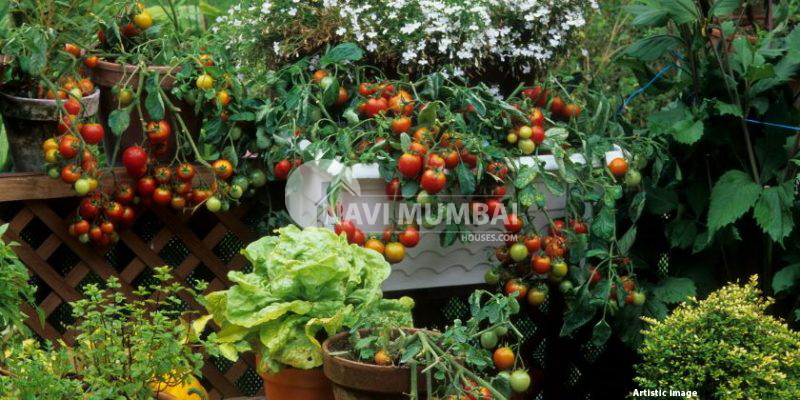
Take a few tomato slices and put them in a pot. Add some soil by sprinkling it on top. After 10 to 12 days, the sprouts will start to appear. Transplant your tomato seedling to a larger container in your garden after about two weeks, once it has grown. Capsicum and chilies can also be grown from seeds indoors.
The Best Way to Produce Ginger from Its Buds

Ginger may be kept in a sunny area and is able to grow under the soil if it is buried approximately two inches deep. Choose ginger that has numerous rough knobs at the tips. Sprinkle just a half-inch of potting soil above the ginger and add one or 2 inches. Constantly water the plant in your kitchen garden at home. It is ready to be collecte after the leaves have dried up after 6 months.
How to Plant Individual Garlic Bulbs in Soil

Another simple way to cultivate garlic is in a kitchen garden at home. While the roots take 8 to 9 months to sprout, the greens do so in as little as 8 to 10 days. Individual cloves should be push 2 to 3 inches into the ground. Make sure the flat end is pointing downward. Put it in a bright area and give the pot daily water. You can begin utilizing the greens in your recipes once they reach a height of 5 to 6 inches
How to Plant Lady Finger Seeds

Okra, often known as lady finger, loves the sun. Both raised beds and containers kept in direct sunshine are suitable for growing it. The majority of okra types cannot resist transfer; hence it is grown by direct seeding. Okra seeds should be plant in organic manure-rich, well-drain soil. Ladyfingers can be harvest roughly 8 to 10 weeks after the seeds are plant.
How Is A Vegetable Garden Watered?

For the kitchen garden in your home, always use a spraying can with a mild sprinkler. Although plants require regular watering, too much water can harm them and also wash away soil nutrients. Water the plants twice in the summer and every other day during the monsoon. Check the soil’s dampness by pushing on it with your fingers, and then water the plant as needed to ensure that it receives the right amount of water. After a rainstorm, add manure to the soil since too much rain might wash away the soil’s nutrients. The plant suffers from too much water since the roots are prone to shrivel up and die.
How to Create Manure At Home for a Kitchen Garden
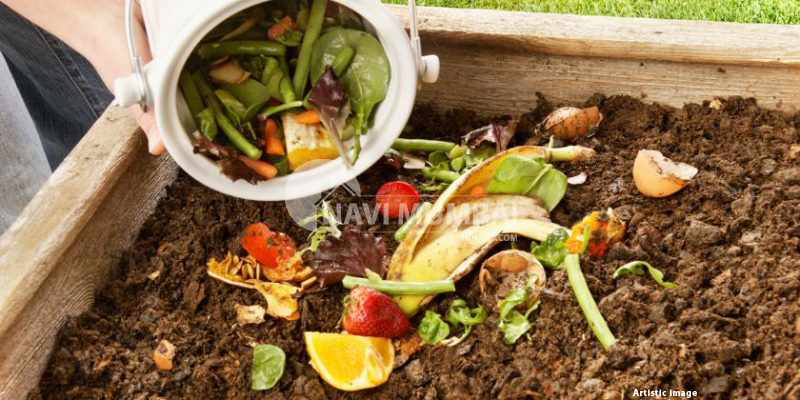
It’s necessary to be aware of a few kitchen garden necessities if you’re thinking about growing a vegetable garden on your balcony or in an outdoor area.
Compost can be create from unprocessed kitchen trash, giving the earth more fertility. Organic materials can be compost in a number of ways. Use covered clay pots and red dirt to cover each layer of organic waste as a straightforward approach to dispose of it. Till the pot is full, repeat the process. For a family of four, a 20-litre pot ought to last about a month. Put the entire pot aside. After two months, the material in the pot would be compostable and ready for use.
Harvest the Crops and Take Use of Kitchen Farming’s Advantages
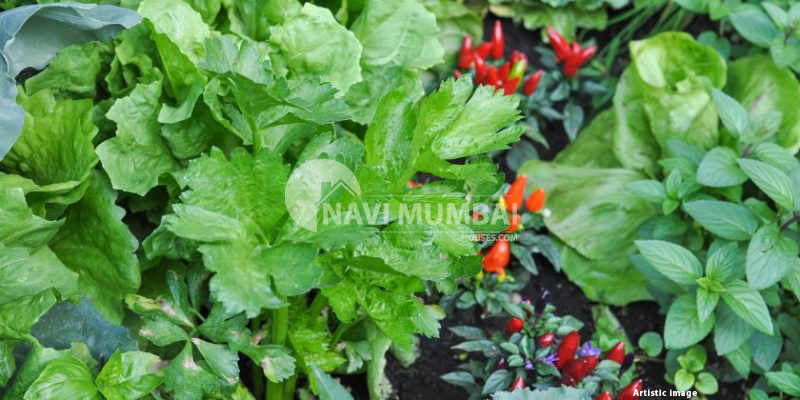
Urban kitchen gardening not only provides fresh, pesticide-free food to homeowners, but the activity itself has therapeutic benefits. The main advantages of having a kitchen garden at home are the fresh, healthy veggies it may produce without the use of dangerous pesticides. The benefit of kitchen gardening is that it helps the environment by reducing the amount of waste that is dispose of in landfills. Our well-being is positively impact by kitchen gardening because it is a calming hobby that can help us get over our worry.
It can also be a wonderful family activity to pass time and improve motor skills in kids. Old pots, containers, plastic bottles, milk cartons, and other items can be paint and recycle to be use as planters. The home kitchen garden enhances the space’s attractiveness, boosts air quality, and provides a sense of satisfaction and joy.
15 Simple Guidelines for Beginning Kitchen Gardeners
- The kitchen garden requires attention and management. Therefore, as a newbie, start modest by selecting six to eight different vegetable varieties, and then gradually keep adding more.
- Unless otherwise specified on the seed box, plant seeds almost three times as deep as their diameter. Making sure the seeds are not expose, completely cover the seeds with soil and water them well. Additionally, avoid scattering seeds too closely together.
- When planting seeds for the first time, it is preferable to name the rows with durable labels so that you can recall what you sowed. Not every seed will germinate or flourish. When gardening, you have to experiment and learn as you go.
- The nutrients in the soil help plants grow healthily. Improve the soil’s quality by adding organic compost prepared from vegetable peels or tea compost.
- Avoid overwatering the plants. One of the kitchens gardening fundamentals that will aid you safeguard your plants is this. Simply moisten the soil with enough water to keep it damp if it appears to be dry.
- Watering plants in the morning or evening is one of the kitchen gardening suggestions. Keep the water from evaporating during the hottest part of the day. Sprinkle water carefully on budding seeds.
- For strong growth, prune frequently, but only take one-third of the plant at a time.
- Eliminate withering, drying leaves and blossoms to promote quicker new growth.
- Mulch the plants on a regular basis with grass, paddy straw, dry leaves. Mulch prevents weeds from growing and serves as a barrier between the soil and the elements—heat, cold, and wind. It assists in keeping soil moist.
- Fertilizer can burn up the soil, the root system, and the foliage if it is use excessively. To maintain the plants healthy, only apply fertilizers in the specified amounts.
- One must keep an eye out for insect attacks. Neem oil should be spray to deter pests.
- Purchase a few tools, such as a shovel and a garden fork, to help you plant your greens by excavating the dirt.
- When choosing pots for your kitchen gardening, make sure they can hold a plant at full size.
- Install vertical support for crops that grow on vines, such as tomatoes or cucumbers.
You’re looking for New Projects in Kharghar we have the Best New Projects in Kharghar like Ready to Move & nearby possession: https://navimumbaihouses.com/properties/search/kharghar/
If you want daily property update details please follow us on Facebook Page / YouTube Channel / Twitter







